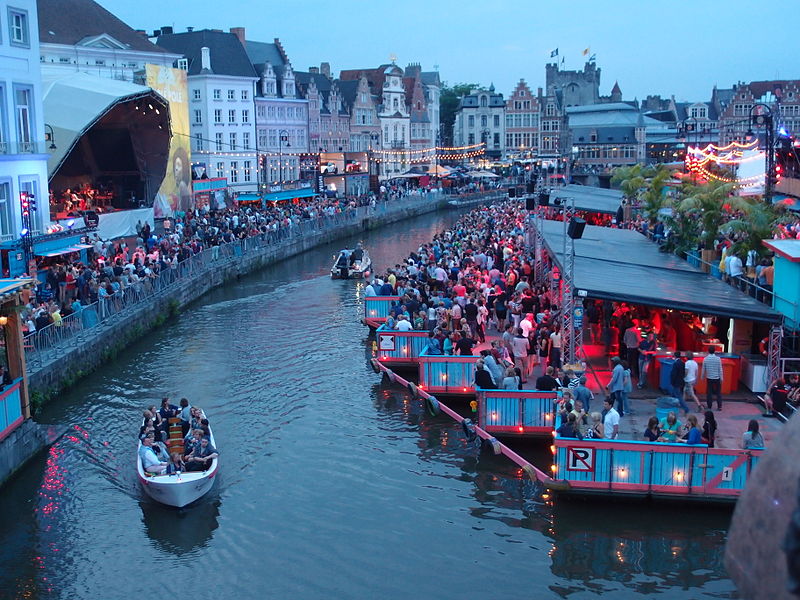
The population of Flanders, according to Statistics Flanders, has reached nearly 6.8 million at the start of 2023.
With a total of 6,774,807 inhabitants, Flanders has seen an increase of 76,000 people compared to 2022. This represents a growth rate of 1.1% between 2022 and 2023.
The most significant population growth is observed in various municipalities surrounding Brussels, including Wemmel, Zaventem, Halle, Machelen, and Vilvoorde. These areas experienced a population increase of over 6% between 2018 and 2023. Flemish Brabant also saw notable growth in municipalities such as Boortmeerbeek, Haacht, Tielt-Winge, and Asse. In the province of Antwerp, Baarle-Hertog, Oud-Turnhout, and Wijnegem, as well as Zelzate in East Flanders, stand out with increased populations.
Conversely, fifteen municipalities have experienced population declines in recent years, particularly in Westhoek. Examples include Lo-Reninge (-2.2%) and Alveringem (-0.9%). Herstappe, the smallest municipality in Belgium, witnessed an 11% decrease in population between 2018 and 2023.
The majority of Flemish residents live in the central area between Ghent, Antwerp, Leuven, and Brussels, where population density is the highest. The average population density in Flanders has risen from 436 inhabitants per square kilometer in 2000 to 497 in 2023.
Taking into account not only Flanders but also Flemish residents in Brussels, the Flemish community is estimated to exceed 7.2 million people, based on the "Brussels norm." This norm considers one-third of the Brussels region's population as a potential target group for Flemish policy. Photo by Gordito1869, Wikimedia commons.



































